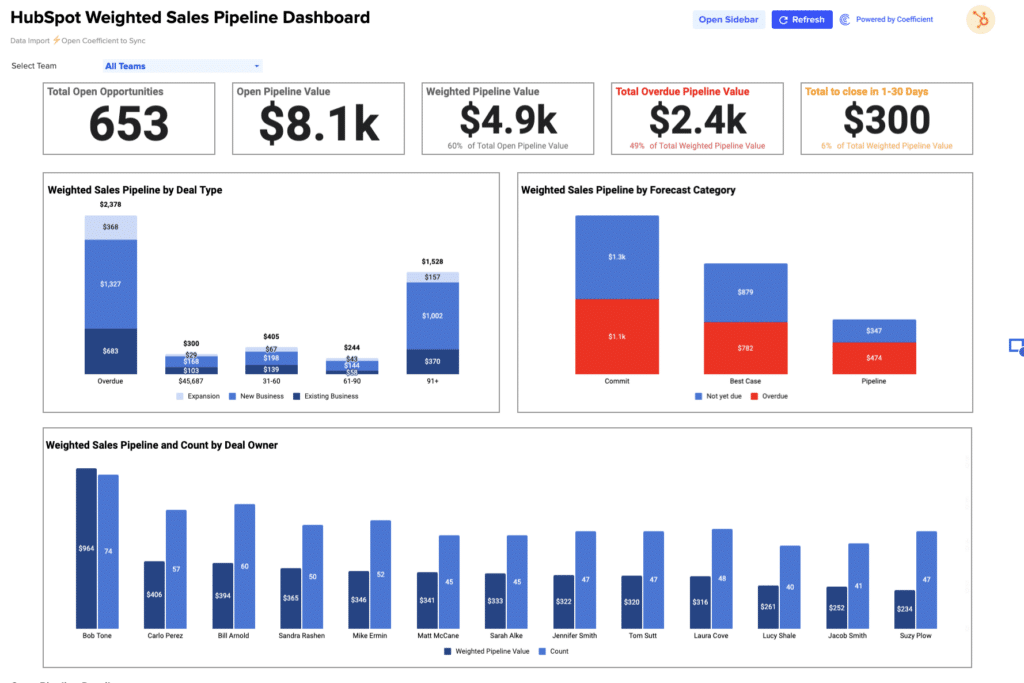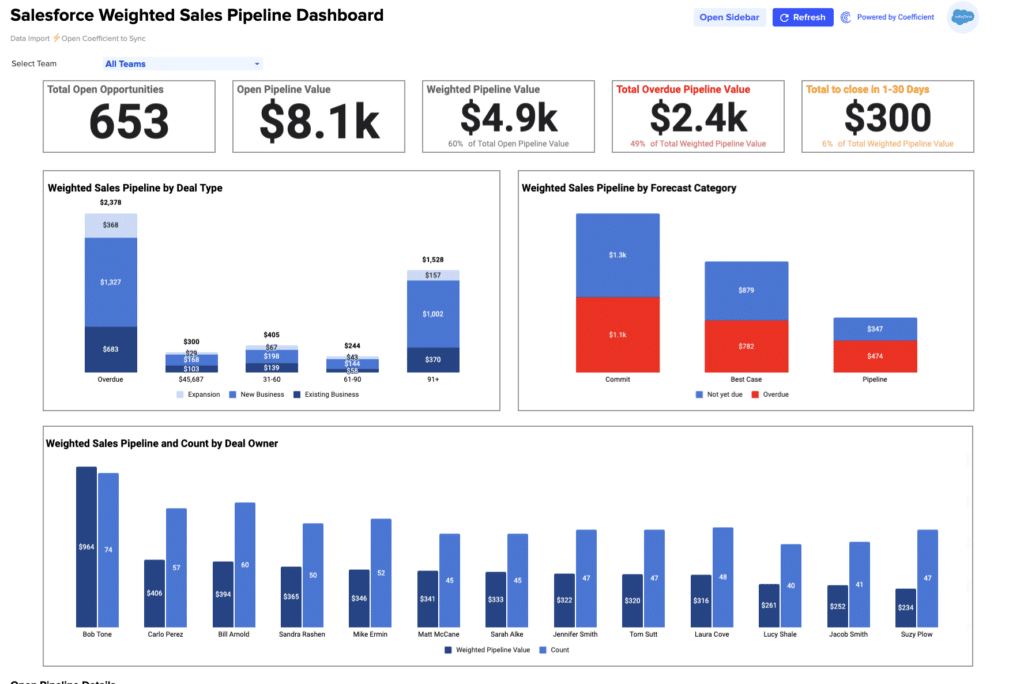Formula for CAC:LTV Ratio
CAC:LTV Ratio = LTV/CAC
The Customer Acquisition Cost to Lifetime Value (CAC:LTV) ratio is an essential metric that compares the cost of acquiring a new customer to the revenue that customer will generate over their lifetime. This ratio is particularly vital in business models like SaaS, where long-term customer relationships and recurring revenue streams are key.
Importance of CAC:LTV Ratio in Business
For business analysts, the CAC:LTV ratio is crucial for several reasons:
- Profitability Insight: It helps assess the long-term profitability of the business model.
- Investment Decisions: A healthy CAC:LTV ratio is often a key indicator for investors assessing the sustainability and growth potential of a business.
- Budget Allocation: Understanding this ratio aids in making informed decisions about how much to invest in customer acquisition.
- Strategic Planning: The ratio provides guidance on whether to focus more on reducing CAC, increasing LTV, or both.
Ideal CAC:LTV Ratio
While the ideal ratio can vary by industry, a commonly cited benchmark in the SaaS industry is a 1:3 ratio. This means that the LTV of a customer should be at least three times the CAC. A ratio below this might indicate that the company is spending too much on acquiring customers relative to the value those customers bring.
Calculating CAC:LTV Ratio with an Example
If a SaaS company has an average LTV of $900 and an average CAC of $300, the CAC:LTV ratio would be: $900$300=3$300$900=3 This indicates a healthy balance between acquisition costs and customer value.
Strategies to Improve CAC:LTV Ratio
- Enhancing Customer Retention: Improving product quality and customer service can increase LTV.
- Optimizing Acquisition Costs: Refining marketing strategies to acquire customers more efficiently can lower CAC.
- Focusing on High-Value Customers: Targeting customer segments with higher potential LTV.
Limitations of the CAC:LTV Ratio
- Time Factor: The ratio doesn’t account for the time value of money; LTV is often realized over a long period, while CAC is upfront.
- Market Variability: Changes in the market or customer behavior can affect both CAC and LTV.
- Not a Standalone Metric: It should be used in conjunction with other metrics like churn rate and MRR growth for a comprehensive analysis.













